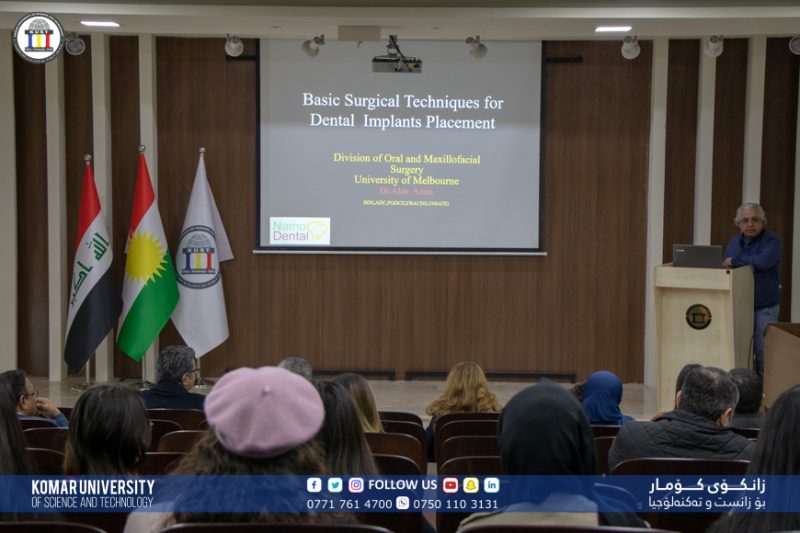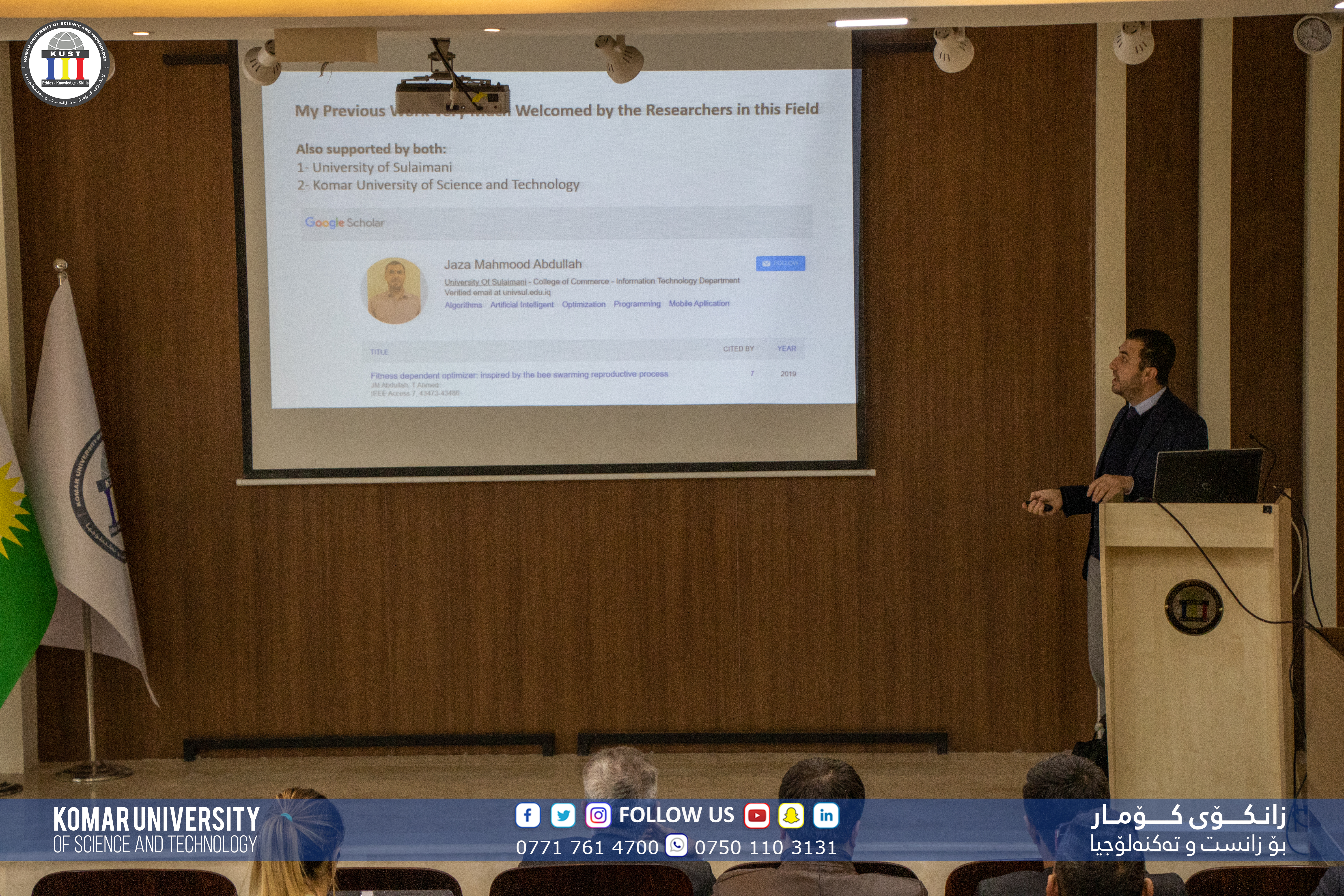On Sunday, Dec 8th, Dr. Alan Amin, a senior oral surgeon from the University of Melbourne, presented a seminar entitled Basic Surgical Techniques for Dental Implants Placement Implant. In the beginning, he briefly went through the history of dental implant by explaining that implant is an artificial titanium dental fixture which is placed surgically into the jawbone to substitute for a missing tooth and its root (s). In 1952, Professor Per-Ingvar Branemark, a Swedish surgeon, while conducting research into the healing patterns of bone tissue, accidentally discovered that when pure titanium comes into direct contact with the living bone tissue, the two literally grow together to form a permanent biological adhesion. He named this phenomenon osseointegration which, histologically defined as a “direct connection between living bone and load-bearing endosseous implants at the light microscopic level.”
Dr. Alan discussed the four factors that influence dental implant, namely Biocompatible material, Implant adapted to a prepared site, Atraumatic surgery, and Undisturbed healing phase. He added that after the accidental discovery of Dr. Branemark dental implants have been improving driven by mutual needs of patients and operators. Examples include implant surfaces that integrate faster, innovative designs that make it easier to achieve high stability and the ament of artificial bone material. All these challenging obstacles were solved away on the hands of many generations of dental practitioners and researchers, who are always in continuous companions with each other and with new implants with new characters, and now and better appearance and longevity, and nowadays we have more than 400 different companies producing different dental implant systems.
He explained that the surgeons around the globe are hoping for amazing results with the application of stem cells and mesenchymal cells for more advances in the field of this vital branch of dental treatment.
At the end of the seminar, Prof Dr. Salahalddin Saeed Ali, the President of Komar University of Science and Technology, presented a certificate of appreciation to Dr. Alan Amin.





